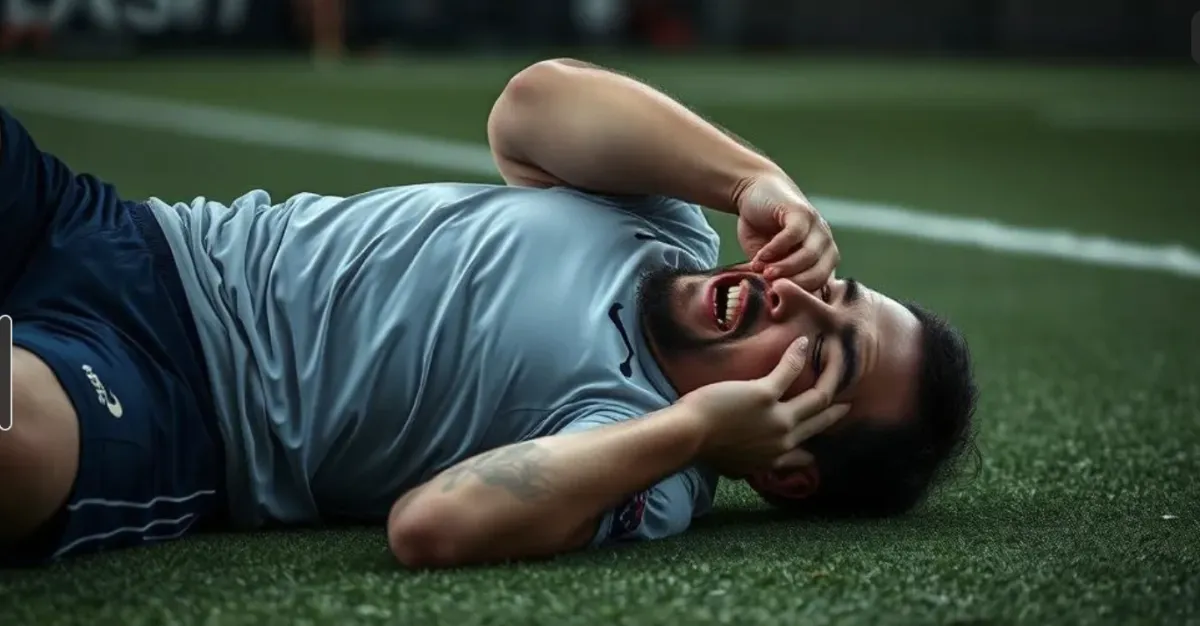ATHLETE BLOG LEOMINSTER

Straightforward Advice To Guard Against A Late Season Injury
We know putting metal in the microwave leads to a bad outcome.
Some people have a similarly explosive reaction to spicy food, and know to avoid it.
Yet year after year we see kids turn to knee or elbow sleeves, KT tape and other pain relief methods as their seasons wear on.
Instead of addressing the root causes.
Not heeding the obvious warning signs, that their joints are on the verge of breaking down.
Pitch counts in Little League Baseball were introduced twenty years ago, the first guardrail limiting overuse in throwers.
It led to a 50% drop in shoulder and elbow injury rates for age 8 to 12 year olds.
No such excessive use restriction has emerged to manage the lower body pounding that comes from excessive running and jumping, though.
No limit on how many games can be played per weekend.
Or how many months per year the same sport can be played.
Or even simple restrictions on how many minutes per week an individual can play.
And so we blindly trudge along, with youth sports injury rates climbing higher each year.
It's the equivalent of putting a fork in the microwave, or putting ghost peppers on your chicken sandwich before a big date.
As a parent, there's not much you can do to change things on a nationwide basis.
But you can look out for simple warning signs before a bigger issue strikes in your home.
This is of particular importance right now, at the end of a sports season, when many fatigued athletes are battling aches and pains.
Is your kid currently at an elevated risk?
To start, determine which level of danger they're at.
Level 1 - Unlikely risk. There's no sign of overuse and they play/practice a reasonable amount, with days off from high impact activities each week.
Level 2 - Some risk. They don't report pain but play their sports a lot, with very few days off, and it's been going on for at least 2 months.
Level 3 - Moderate risk. They're playing a lot and occasionally complain of joint discomfort, but it goes away on its own and doesn't impact play.
Level 4 - High risk. Joint pain is chronic, creating the need for intervention in the form of taping, icing, etc on a regular basis.
Level 5 - Extreme risk. Performance is noticeably impacted, pain is constant.
Another way to assess late season injury risk is to measure sprint speed on a regular basis.
When someone's best effort yields a 10% or greater drop in top speed compared to their peak, injury risk is significantly elevated.
For example, a player who runs 17 miles per hour at the start of the season may only run 15.3 MPH months later.
This is a clear sign their legs are gassed, making sprains, stress fractures, and other major injuries much more likely.
Not to mention the drop in performance that goes with playing in this state.
So what can you do about it as a mother or father?
First off, take Level 3 comments about aches and pains seriously.
A couple days off or a week of low intensity work at this critical time can often diffuse the issue quickly.
If things progress to Level 4 or beyond, at this point there is no longer a quick solution to the problem.
And no external pain relief strategy will fix the underlying danger.
A sustained reduction in activity, or a complete shutdown, may be necessary.
Of course, coaches are in a much better position to keep players safe and productive.
Programs that track max velocity on a weekly basis would see a looming crisis well ahead of time, and can micro dose rest at the right times.
Measuring max velocity on a team basis is not as hard as it may first seem, and can be a huge boost to performance too.
But whether you are a parent or a coach, remember this simple truth.
Today's youth athlete isn't living in the world we grew up in.
We didn't play the same sport year-round, or endless tournaments playing 5 games in two days.
Few of us had the opportunity to play on two teams at once, let alone three.
The risk of overuse today is so incredibly elevated compared to our time.
Which means we shouldn't default to thinking they need to fight through the pain, or toughen up, as we may have.
Their circumstances are different, and the warning bells are going off everywhere.
Nearly 8 million kids in the US either go to their doctor or the emergency room to treat a sports related injury each year.
That's a terrible number.
And honestly?
It shouldn't be a particularly tough one to fix.
Power Source Reviews
© Copyright 2025. Power Source. All rights reserved.
|
